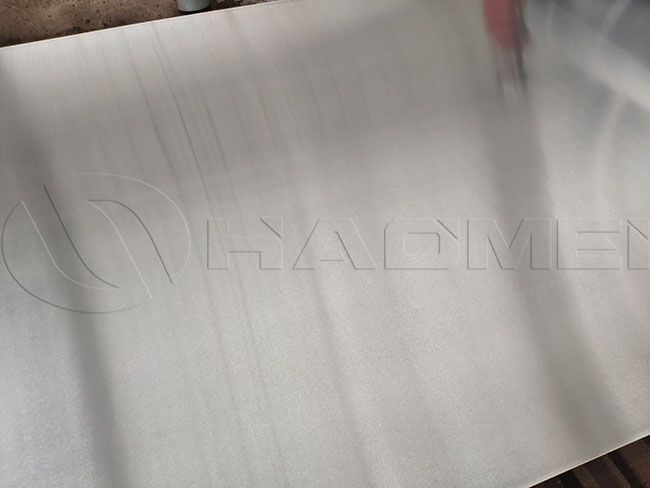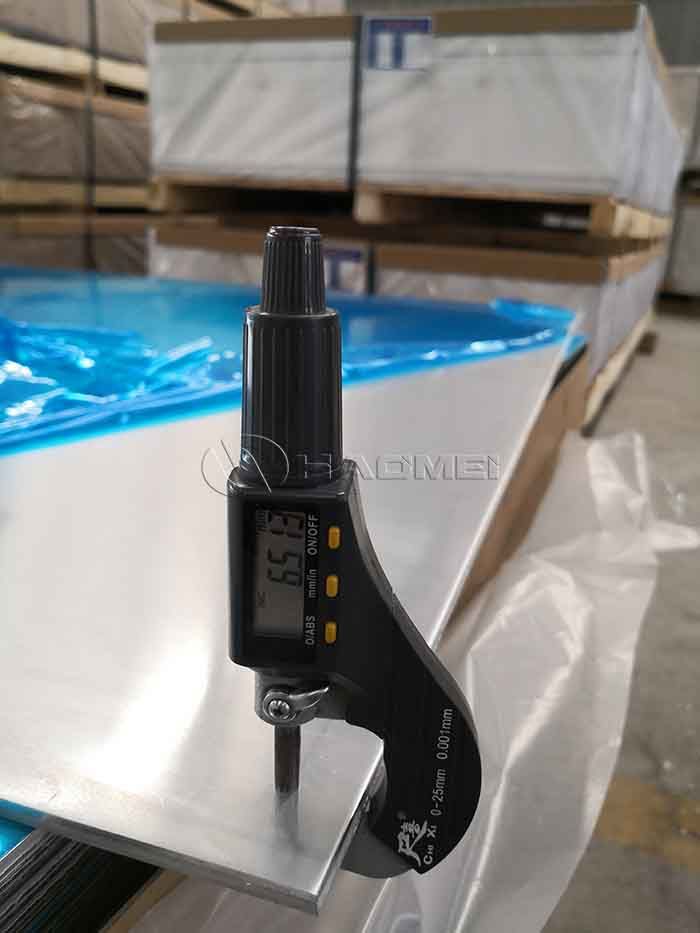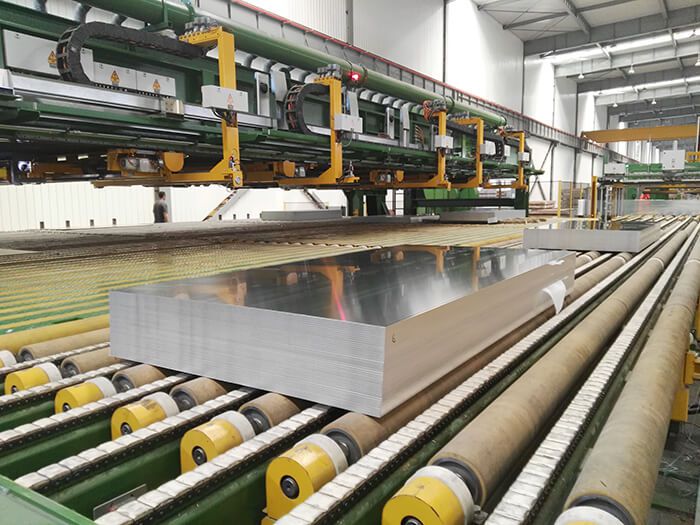2024 aluminum is an Al-Cu-Mg aluminum alloy with a density of 2.73 g/cm, which can be strengthened by heat treatment, and has moderate plasticity in the quenched and just quenched states. It has poor corrosion resistance, but it can be effectively protected by covering it with pure aluminum; it is prone to cracks during welding, but it can be welded or riveted by special processes.
The common tempers of 2024 aircraft aluminum alloy is T3, T4, T351 and T851. What are aluminium 2024 t3 properties? It has an ultimate strength of 62000 PSI and a shear strength of 40000 PSI. 2024 plate has an ultimate tensile strength of 400–430 MPa (58–62 ksi) and a yield strength of at least 270–280 MPa (39–40 ksi). It has an elongation of 10-15%.

2024 t3 aluminum sheet is considered an aircraft alloy due to its strength and also has excellent fatigue resistance. Soldering is generally not recommended. Typical uses for 2024-T3 aluminum sheet are fuselage and wing skins, roofs and aircraft structures.
7075 aluminum sheet is a cold-processed forging alloy with high strength, far superior to mild steel. Zinc is the main alloying element in 7075. Adding magnesium to an alloy containing 3%-7.5% zinc can form MgZn2 with a significant strengthening effect, making the heat treatment effect of the alloy far better than that of aluminum-zinc binary alloys. It is especially suitable for manufacturing aircraft structures and other high-stress structures that require high strength and corrosion resistance.
7075 aluminum has O, T6, T651 and T7 tempers. What are Al 7075 t6 properties? 7075 t6 has an ultimate tensile strength of 510–540 MPa (74,000–78,000 psi) and a yield strength of at least 430–480 MPa (63,000–69,000 psi). It has an elongation at failure of 5-11%.
7075 T6 is typically achieved by homogenizing casting 7075 at 450°C for several hours, quenching and then aging at 120°C for 24 hours. This produces the peak strength of the 7075 alloy. The strength comes mainly from finely dispersed eta and eta’ precipitates within the grains and along the grain boundaries.
Original Source:https://www.aircraftaluminium.com/a/what-are-2024t3-and-7075t6-properties.html

 Aircraft aluminum alloy is widely used in the aerospace field due to its low density, moderate strength, easy processing and forming, strong corrosion resistance, rich resources, and strong recyclability. The skins, beams, ribs, stringers, bulkheads and landing gears on the aircraft can all be made of aluminum alloy.
Aircraft aluminum alloy is widely used in the aerospace field due to its low density, moderate strength, easy processing and forming, strong corrosion resistance, rich resources, and strong recyclability. The skins, beams, ribs, stringers, bulkheads and landing gears on the aircraft can all be made of aluminum alloy.